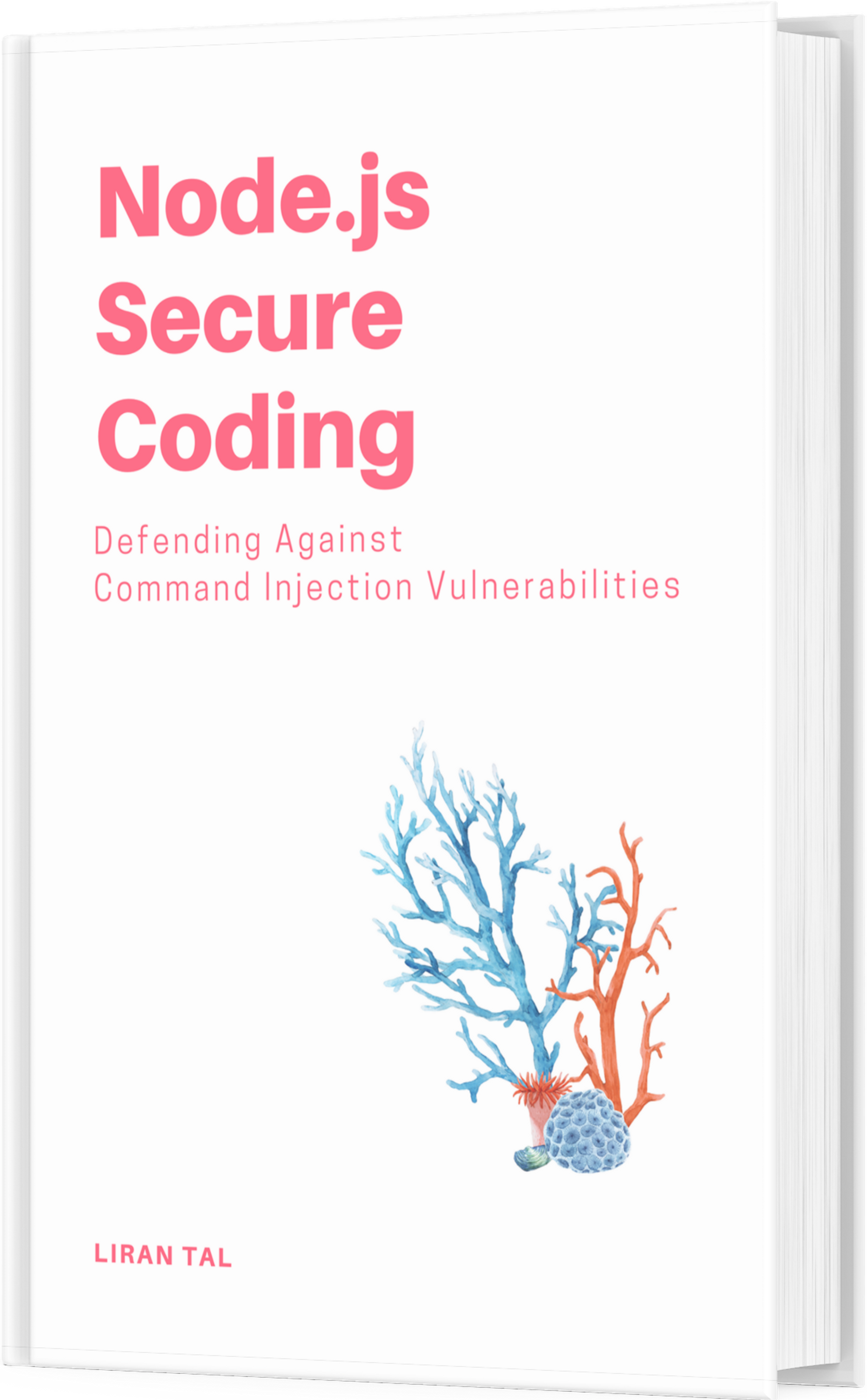~ 2 min read
Book review: Instant Munin Plugin Starter

This book could not have come in a better timing. I have only recently researched an easy to maintain and gets-the-job-done monitoring tool and if you’ve dealt before with monitoring tools and network operating centers (NOC) in general then you know that some tools are just an overkill. Nagios, Zenoss and the rest of them are good tools on their own but the overhead with configuration, and deployment, having a central server to host the server-side etc might be too much. Munin is much like them in this sense of being a server/client solution, but it’s agent, and overall configuration and tasks required to get a service monitored can be completed in less than 10 minutes.
The book is very concise and geared towards getting you started very quickly, along with providing information on how to extend further on when you scale up with your own custom munin agent monitors. Bart did a good job balancing between the different features. It kicks off with laying out what munin is all about, following-up with a detailed overview on munin’s configuration and architecture. As part of the munin solution that we deployed, I was required to create agent scripts for munin to be able to monitor our internal Drupal application for various interesting metrics. In this regard, it covers a simple munin plugin with a shell script, as well as a more advanced example of it in perl.
It explains very simply and elegantly how things work and how to get the job done properly and summarizes nicely with the author taking the reader through a few more practical examples of advanced monitoring agents and finally providing the user tools to keep up to date with the community around munin, whether it’s plugins archive to find not-so-popular monitoring agents and support resources for getting help. I did find some missing parts which I think should’ve have made it into the book – covering graph basic settings like graph_scale variable, or the graph types (gauge, etc) and their differences as well as best practices would have provided the user with better understanding of how graphs should be built and would definitely worth a few more pages of reading.
PacktPub’s Instant Munin Plugin Starter, see it here.

